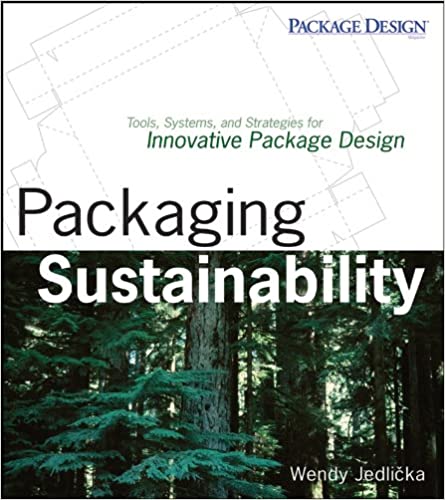We are at a pivotal moment in the history of humankind. The first week of November, 2021, the leaders of the world gather to not just make commitments to reduce the impact of systems that are accelerating climate change,* but demonstrate positive action to address climate change.
Countries, communities, and companies are looking at a New Green Economy as part of their post COVID recovery plans. Who will those who take climate change seriously want to do business with? Others working toward those same goals of course.
Addressing climate change, and the issues that go with it including environmental and social justice, is the challenge of our lifetime. The opportunities will be incredible.
How often do you get the chance to remake everything we do, but get it right this time?
Einstein is quoted as saying, “We cannot solve our problems with the same thinking we used when we created them.” And this is true. As we look to change, how we do… everything … packaging comes up over and over. Packaging is not the problem though, it’s a symptom of a system that assumes there are endless resources, and when we’re done using whatever catches our eye, the place called “away” has an infinite capacity to absorb all of our problems. Resources are finite though, and there is no such place as away.
Packaging has a lot to answer for, it’s the poster child for everything that is wrong with a consumer-based economy. And, like it or not, it’s not going away — but maybe that’s not a bad thing. The problem we have is not that there is too much packaging, but that there is too much — bad — packaging. This means we need to completely relook at the way we get needed and useful products to market, reassessing the needs packaging fulfills.
There are a lot of people doing packaging graphics, and there are a lot of people doing packaging engineering, but packaging design has been a discipline that’s been slowly emerging over the years. Here, practitioners are able to speak the languages of business, marketing, design, engineering, logistics and supply chains, and end of life strategies. If that seems like a lot of languages, it is. But bringing all of these disciplines together feels very natural once you start to understand packaging’s function and life cycle. If you’ve ever wondered how to discover more sustainable opportunities for — any — project, even a basic overview of packaging design, whether you’re a designer or not, offers incredible and tangible insight.
For Spring 2022, join others looking to understand how to make positive change by examining the tangibles, and intangibles of packaging design.
In the course, Packaging Sustainability, participants will examine business strategies, consumer psychology, marketing strategies, materials and processes, waste stream and life cycle strategies, and much more. Designers, engineers, government decision-makers, and business people have found this course to be a wonderful hands-on experience using something we all handle every day. Join us for this fun, fast-paced adventure, and hone your skills to pivot toward the positive.
You can find this course, along with Creative Leadership and Fundamentals of Sustainable Design, on the MCAD Continuing Education page starting December 20. Registration open January 4. Classes begin January 18. Filter courses by choosing Sustainable Design in the COURSE TOPICS box.
Resources
COP26: What to expect at the upcoming U.N. climate summit
https://www.youtube.com/watch?v=IOtfh_Gh5hg
COP26 & The Zero Carbon Growth Agenda
https://www.youtube.com/watch?v=U9JFt1GYtZE
The Great Reset
https://www.weforum.org/great-reset
UN Sustainable Development Goals – Overview
https://www.youtube.com/watch?v=M-iJM02m_Hg
Humans Changed the Face of the Earth, Now We Rethink Our Future | Ellen MacArthur Foundation
https://www.youtube.com/watch?v=A5wn_iinbxw
* https://www.climate.gov/news-features/understanding-climate/climate-change-global-temperature

